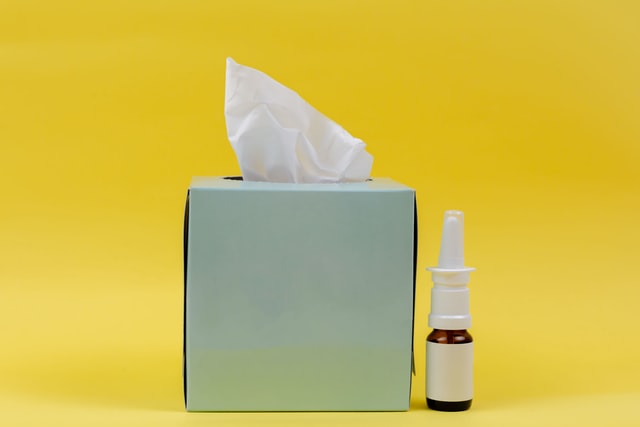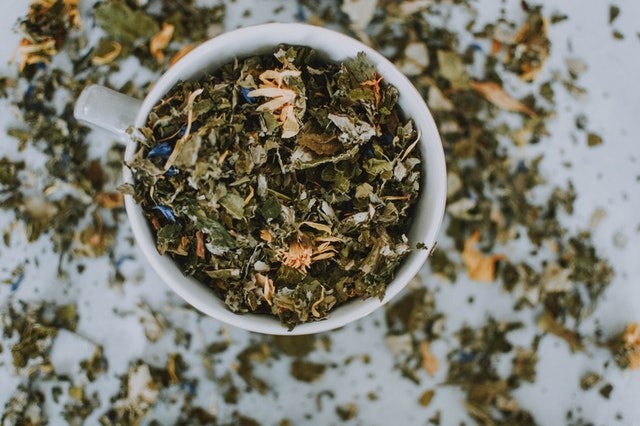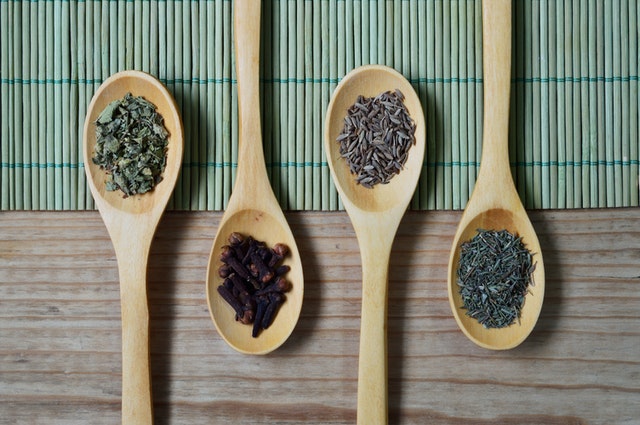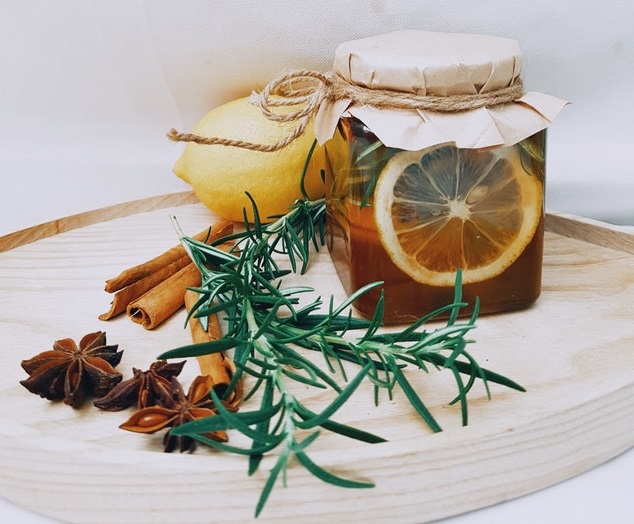By Intisar Seraaj | Contributed by LeBarbara Stinson
People have been ready to get back outside after being stuck inside during this pandemic, just in time to enjoy the rest of Spring and to kick off Summer. With the weather warming up all around the U.S. and with the availability of the COVID-19 vaccination, outside is the place to be! But allergy sufferers need to think twice and prepare themselves for what else is in the air beside the coronavirus. We’ve been barely surviving this viral apocalypse and now there’s a pollen apocalypse!
It’s been going on for a few years now, but it’s getting worse every year because of climate change! Have you experienced watery eyes, headaches, rashes or other allergy reactions? It’s not COVID-19 and it’s not your imagination. The pollen count is increasing, causing more and more people to develop allergies, and climate change is extending allergy season. Continuing to wear your mask outside may limit the chances of experiencing allergy reactions.
“Allergies are the 6th leading cause of chronic illness in the U.S.,” according to the American College of Allergy, Asthma, and Immunology. As a foster care agency, we’re concerned that “allergies are one of the most common health issues affecting children.” Many of our foster parents are older African Americans, so we’re also concerned that “Black Americans and older adults have the highest rates of death due to allergic reactions to medicines, food or unknown allergens.”
How do we combat this? Our agency is an advocate for holistic health and holistic remedies, starting with prevention. Here are 10 herbs that, if taken regularly, can assist in fighting off allergies this season.
- Photo by fotografierende from Pexels
- Photo by Miguel Á. Padriñán from Pexels
- Photo by Vicky Tran from Pexels
- Bayberry is a shrub that’s root bark and berries are used for its medicinal properties. It can be used as a gargle for sore throats and an ointment for skin ulcers and wounds. It treats sinuses and nasal polyps, clears mucus, and addresses other ear and eye problems. Bayberry should be used with olive leaf. Olive leaf kills harmful microorganisms, strengthens the immune system, is an antibiotic, reverses colds and flu, and exterminates fungal parasite issues.
- Stinging nettle leaf is a perennial flowering plant native to Europe, much of temperate Asia, and western North Africa. It’s packed full of nutrients that act as antioxidants and reduce allergy-related inflammation. Topically, stinging nettle can be used to alleviate eczema and dandruff.
- Butterbur is a perennial marsh plant, a part of the sunflower family, and is mostly native to Asia and southern Europe. Butterbur contains chemicals that can relieve spasms and decrease swelling, which makes it an effective treatment for nasal allergies.
- Perilla is an Asiatic crop with a few wild species that belong to the mint family. Perilla can improve lung function, with chemicals that decrease swelling and affect other chemicals that cause asthma and allergy symptoms.
- Sea Buckthorn sprouts in a shrub or small tree form and has thorny grey twigs and bright orange oval fruit. This berry is heavily nutrient-dense and can help maintain respiratory health, ideal for sufferers of asthma, chronic coughs, and other breathing disorders.
- Yarrow is a perennial herb that’s native to the British Isles and common in the Northern Hemisphere in Asia, Europe and North America. Yarrow has antiseptic, stomachic, antispasmodic, astringent, and diaphoretic properties and is used traditionally to treat colds, the flu, and fevers. It’s also used to treat sinusitis and dust allergies, and as a poultice for rashes.
- Reishi is a medicinal mushroom that grows in Asia and is sought after for its immune-boosting properties, as it fights infections and cancer in the body and can increase a type of white blood cell. It’s performed well in preliminary studies to heal asthma and allergies.
- Astragalus is a flowering plant commonly used in traditional Chinese medicine and is good for immune-boosting and its anti-inflammatory effects. It’s used to cure a wide variety of ailments such as fatigue, allergies, and the common cold.
- Horehound is from the mint family and native to Europe, northern Africa, and southwestern and central Asia. It is used for lung and breathing problems including cough, whooping cough, asthma, tuberculosis, bronchitis, and swollen breathing passages.
- Goldenrod is a perennial herb found growing in open areas like meadows, savannas, and prairies. Its Latin name, “Solidago,” means “to make whole or heal.” It’s most commonly used to reduce inflammation and is good for ailments like eczema and other skin conditions, tuberculosis, hay fever, and asthma. “Goldenrod is also used as a mouth rinse for inflammation of the mouth and throat and can be applied directly to the skin to improve wound healing.
Here are a few more tips for combating your allergies:
- “Vitamin D deficiency is also a common underlying factor in people with allergies.” This vitamin serves various functions in the immune system, including activating cells that prevent the release of chemicals that cause and worsen allergic diseases. Get plenty of sun and use naturally occurring sunblock like coconut oil or shea butter that won’t block the benefits of the sun while still protecting your skin. You can also increase your intake of Vitamin D-rich foods such as oily fish like salmon and trout, oat milk, and mushrooms.
- Incorporate fresh herbs and plants like garlic, ginger, rosemary, and turmeric into your diet. These are natural antihistamines, antivirals, and anti-inflammatory foods that have antioxidant effects and are full of other benefits.
- Eating more fermented veggies like sauerkraut and kimchi will increase the beneficial bacteria in your gut to make you less reactive to allergens.
We hope these tips help you breathe easy, fortify you to adventure outside in the sunlight, encourage you to “let your food be your medicine,” and inspire you to take holistic precautions. Please check with your doctor before taking any of these herbs, as some do have side effects and should not be combined with certain foods or other herbs or medications.





